Have you ever passed The Russel Head, and wondered just what it is?
The stone “gargoyle” face is glimpsed by hundreds every day, glaring angrily away just behind its rather more revered stone Denis Law counterpart from a corner of Provost Skene’s House.
If it seems a little strange, then that’s because it is.
Its origins are bizarre and there is a certain irony to the prominence it has enjoyed in Aberdeen city centre in recent years.
After all, word has it, the scary sculpture was affixed to the building to keep it out of public view.
That vision fell apart when the council’s old St Nicholas House HQ was torn down a decade ago, and Marischal Square built in its place.
But before all that, the gargoyle was carved as a petty spat between rival shopkeepers took an unusual twist…
The Russel Head: Why was face carved, and who by?
These days, a rivalry between two opposing traders might take the form of a social media showdown or calculated attempts to outmarket one another.
Not so in Aberdeen in the 1860s, in what was then the “run down” Guestrow area, dominated by tenements long since bulldozed.
George Russel was something of an “eccentric”, and owned a building there.
He took exception when the bakery business run by a tenant of his was shut down because it was too close to a sewer.
He blamed his neighbour across the road, Alexander Stephen, for reporting the matter to the town council. It was the latest in a string of fallings out between the pair.
So he carved a demonic version of his own furious face, and put it up there on his 35 Ragg’s Lane property to permanently haunt his enemy.
He made sure it would be glowering angrily within his eyeline on a daily basis.
The stone effigy remained there for decades.
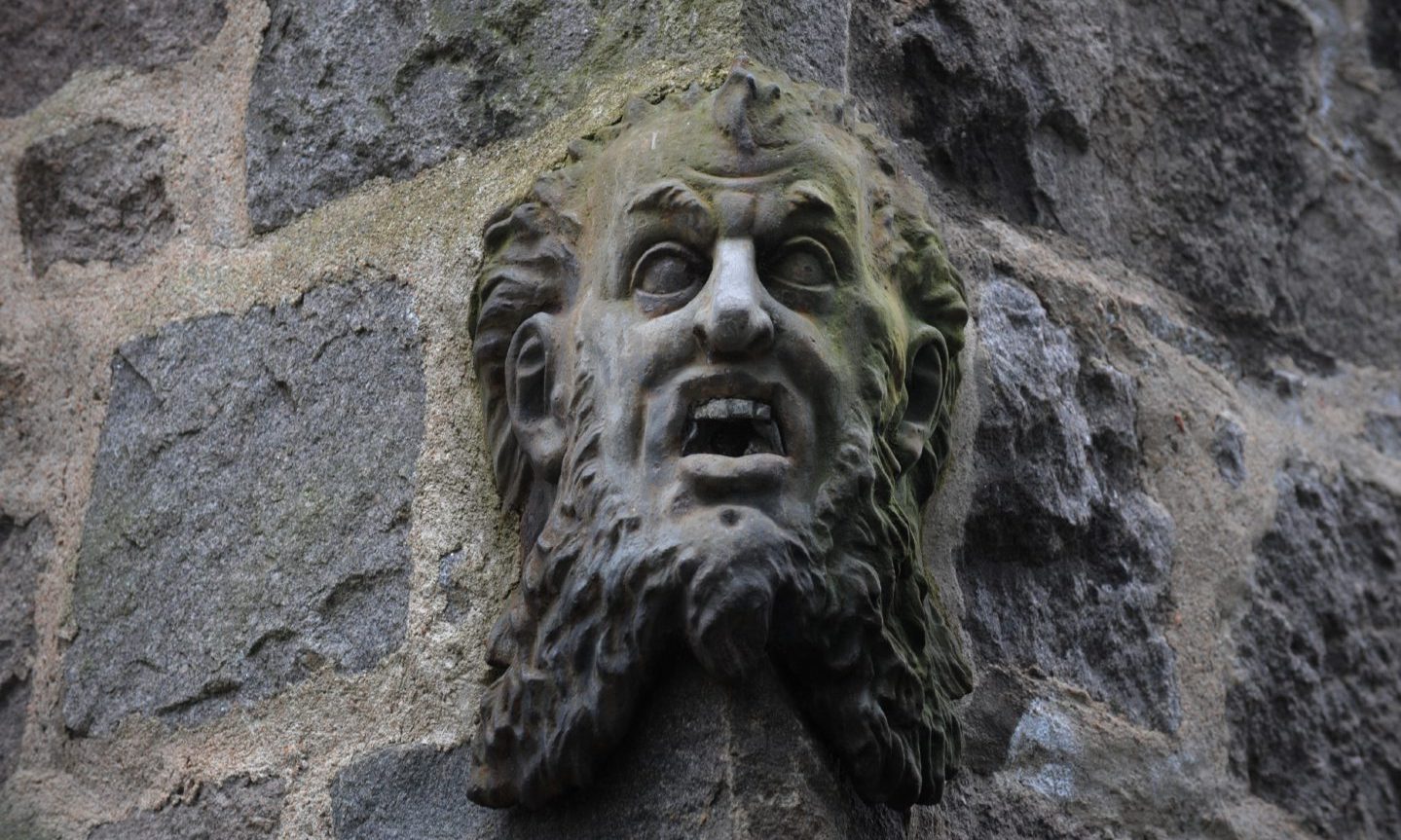
Why did it end up on Provost Skene’s House?
Ragg’s Lane was torn down but by then the people of the city had got used to the carving, and wanted it maintained.
In 1959, it was attached to the south-east corner of Provost Skene’s House.
At that point, it had only been open as a museum for a few years – after locals saved the 16th century building from demolition.
Gargoyle is now back in the spotlight
But the story took a final twist.
According to The Granite City book, published in 1989, The Russel Head was moved to the side of Provost Skene’s House in 1959 because it was out of the way.
Author Robert Smith wrote: “The city council seem to have deliberately hidden it away, for it is not easily seen and there is no explanatory plaque alongside it.”
However, the building has gained a newfound prominence as part of a city centre “civic plaza” in the last few years.
It now houses Aberdeen’s Hall of Heroes, where visitors can learn more about the likes of Nobel laureate Lord Boyd-Orr, opera star Mary Garden and footballer Denis Law.
The Russel Head is also right next to the Mackie’s ice cream parlour, Resident X food hall and office workers from Marischal Square and the adjacent Marischal College council building pass it every day.
Do you think there should be more made of The Russel Head? Let us know in our comments section below
The Russel Head wasn’t George’s only legacy…
When George Russel died, it wasn’t just this emblem of his eccentricity that he left behind to Aberdeen.
He formed a fund for city policemen and “scavengers” (now known as refuse collectors) which continued for more than a century.
The benevolent businessman arranged it after a scaffie and bobbie helped him to his feet after he had a fall.
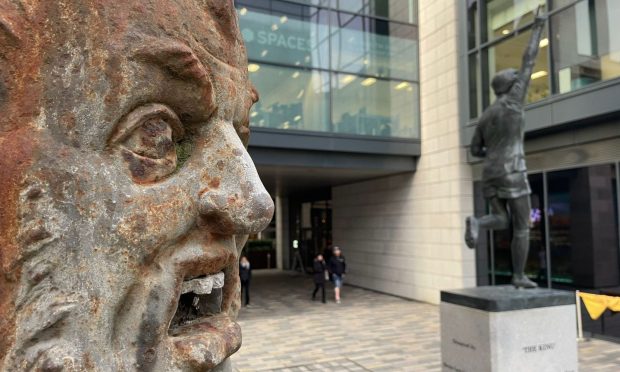
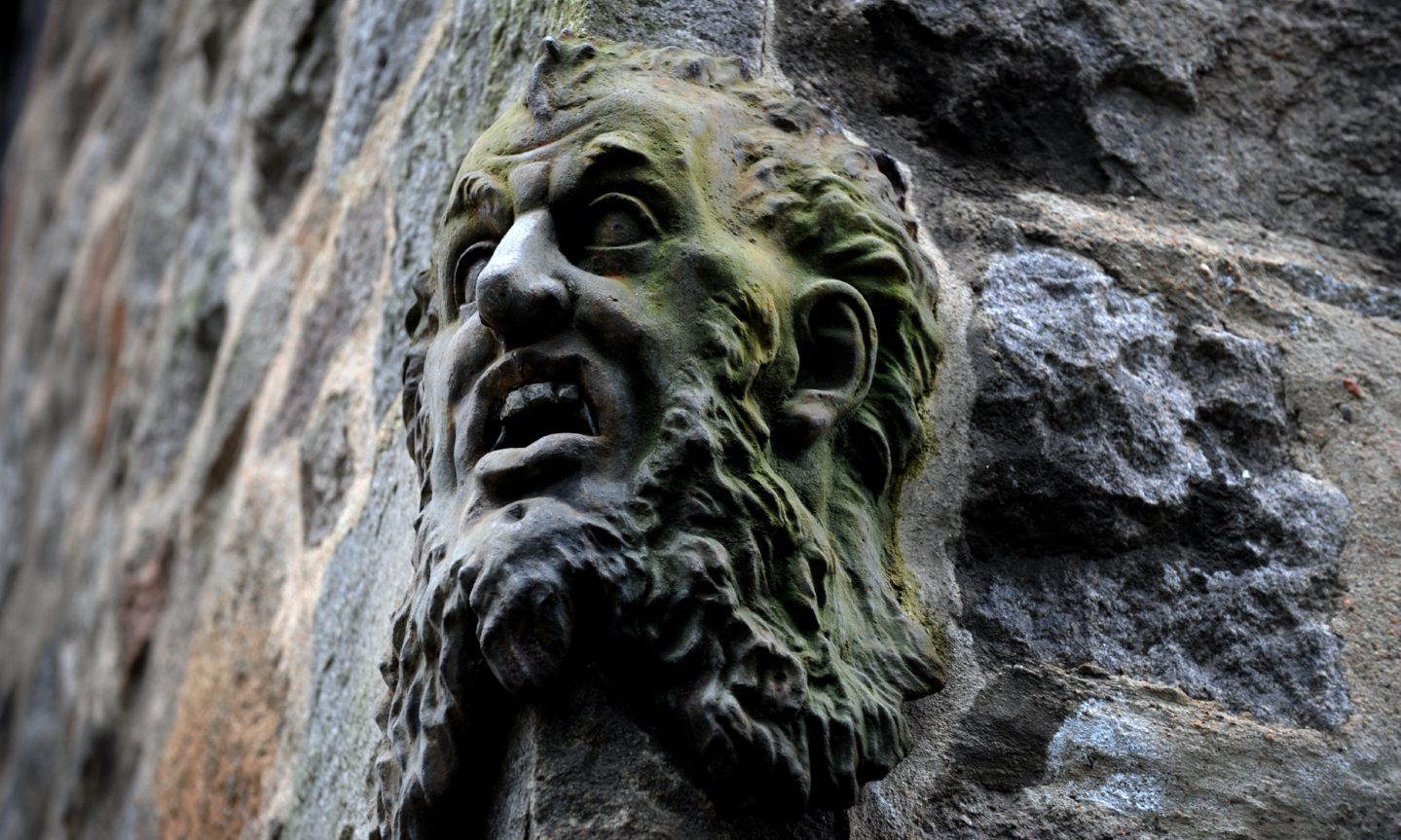
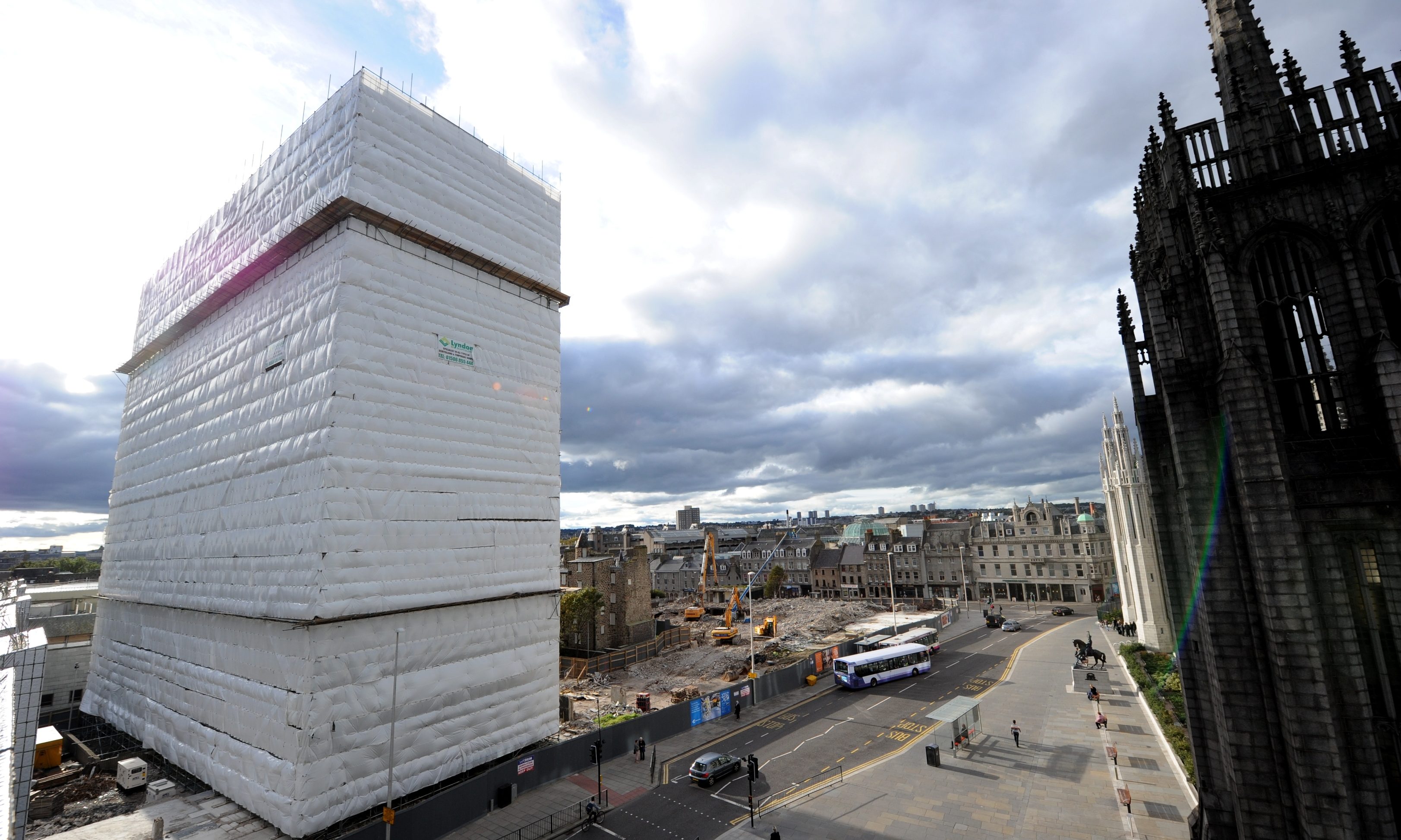
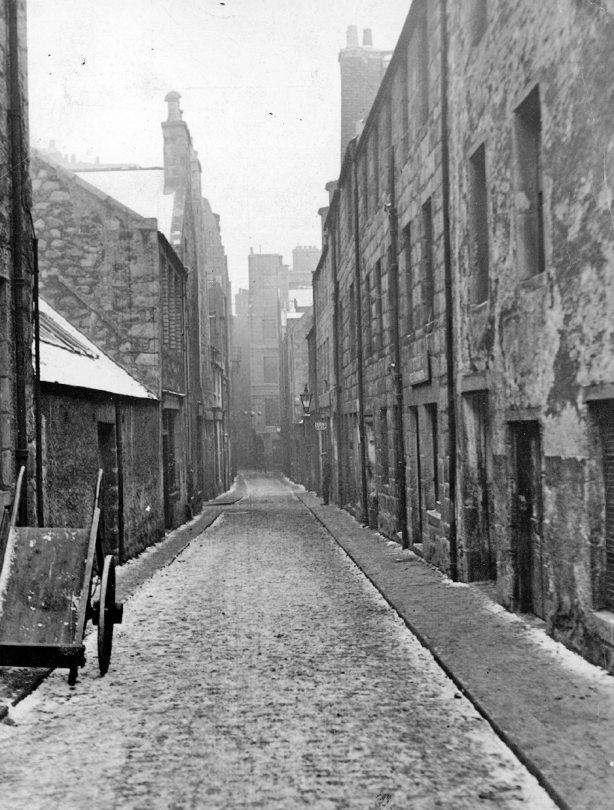
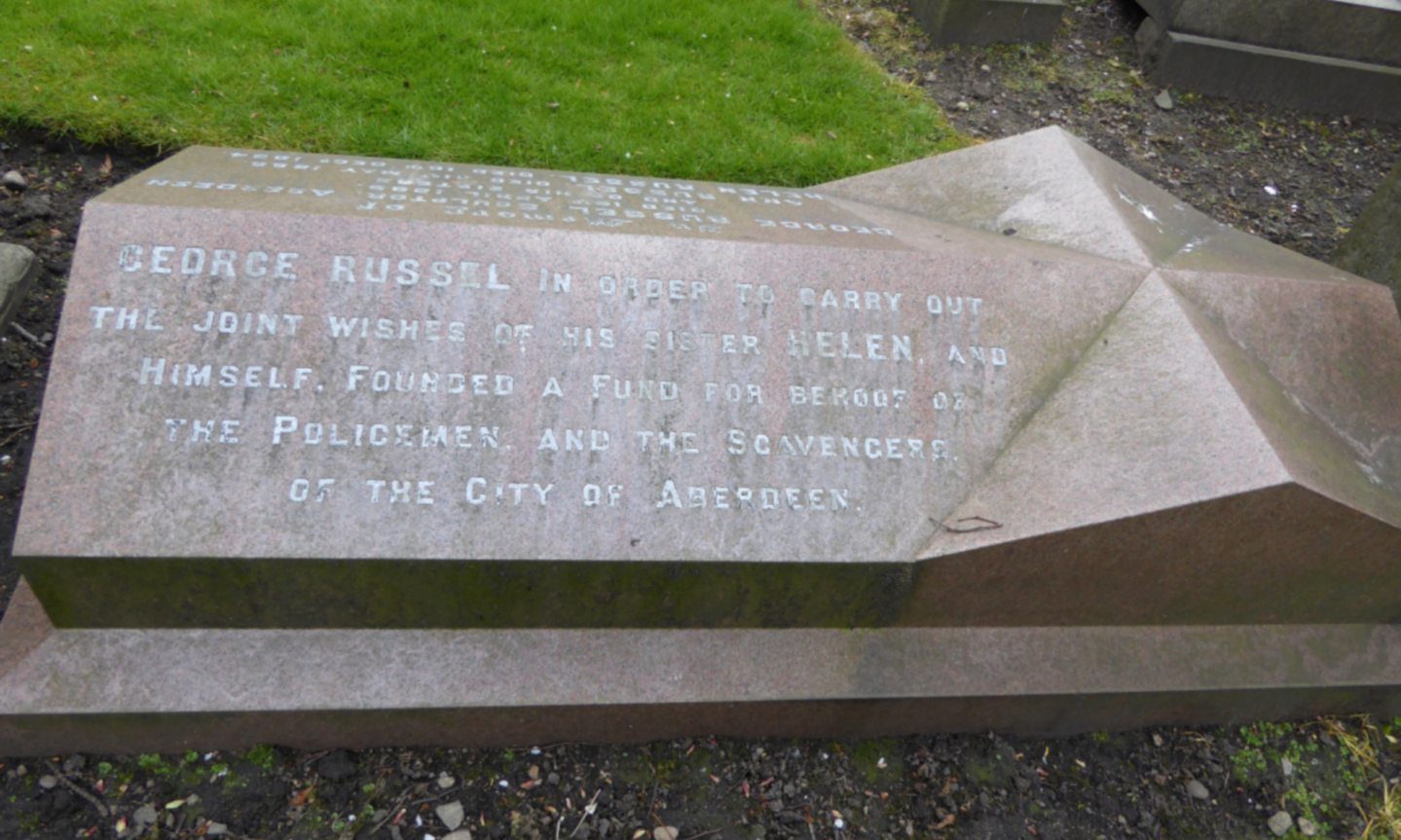
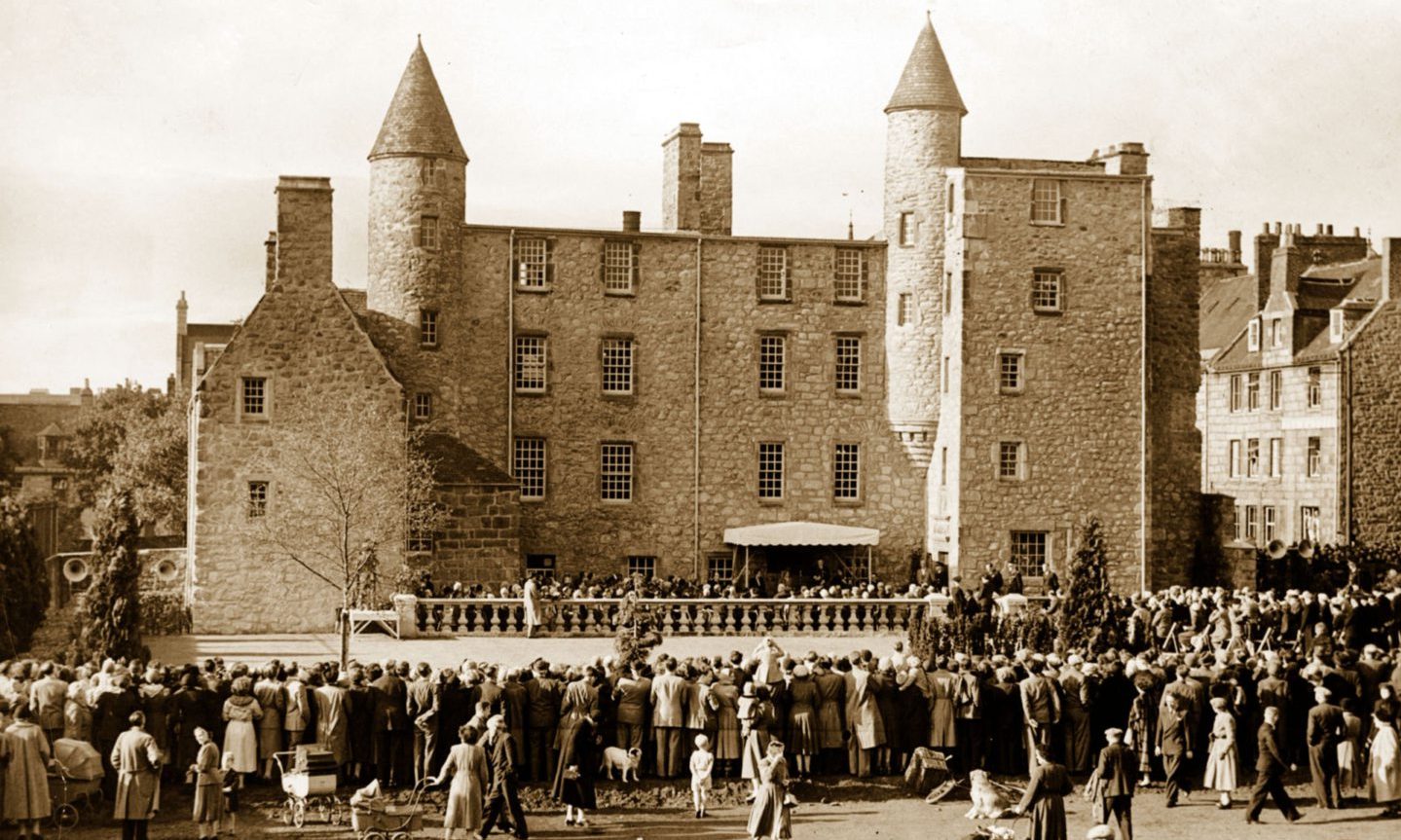
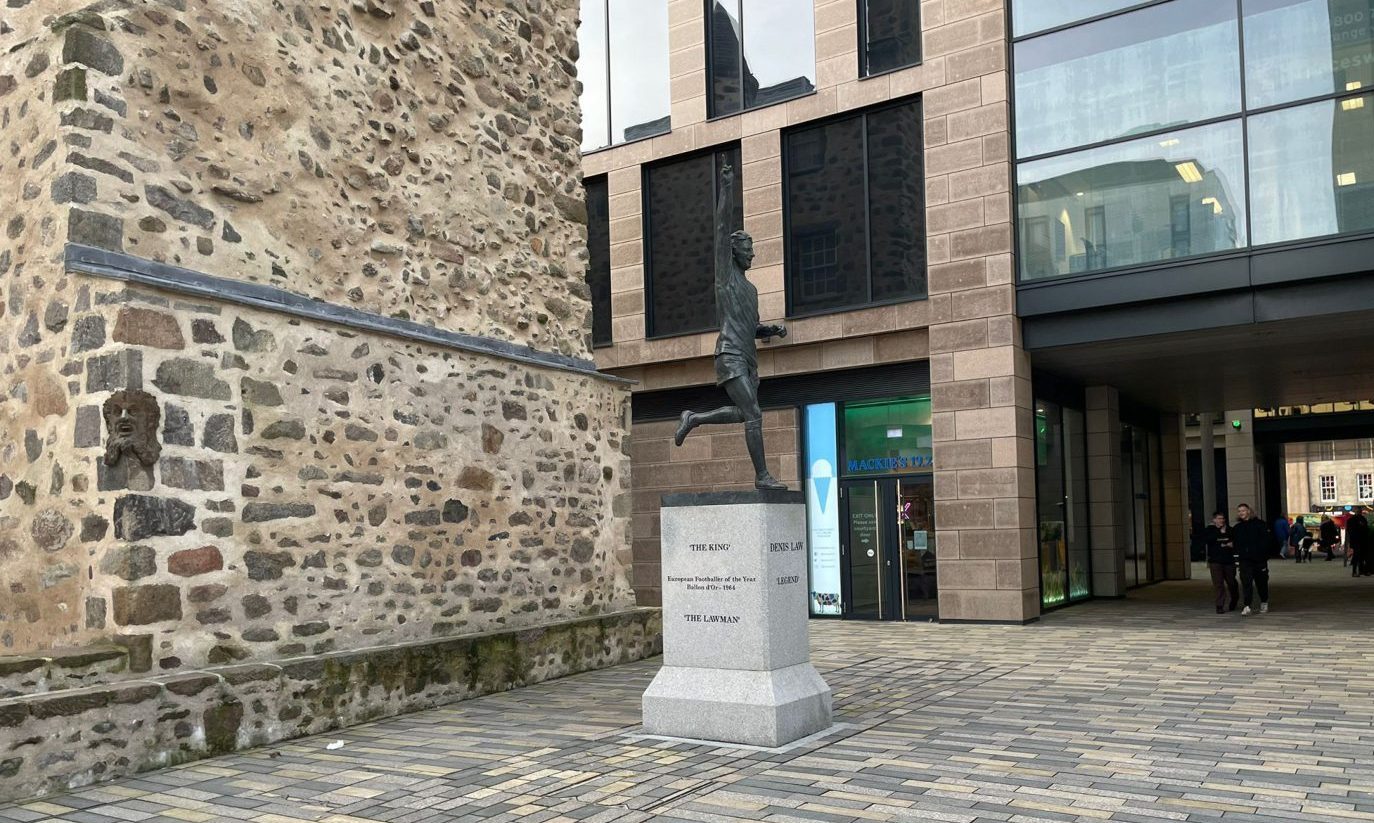
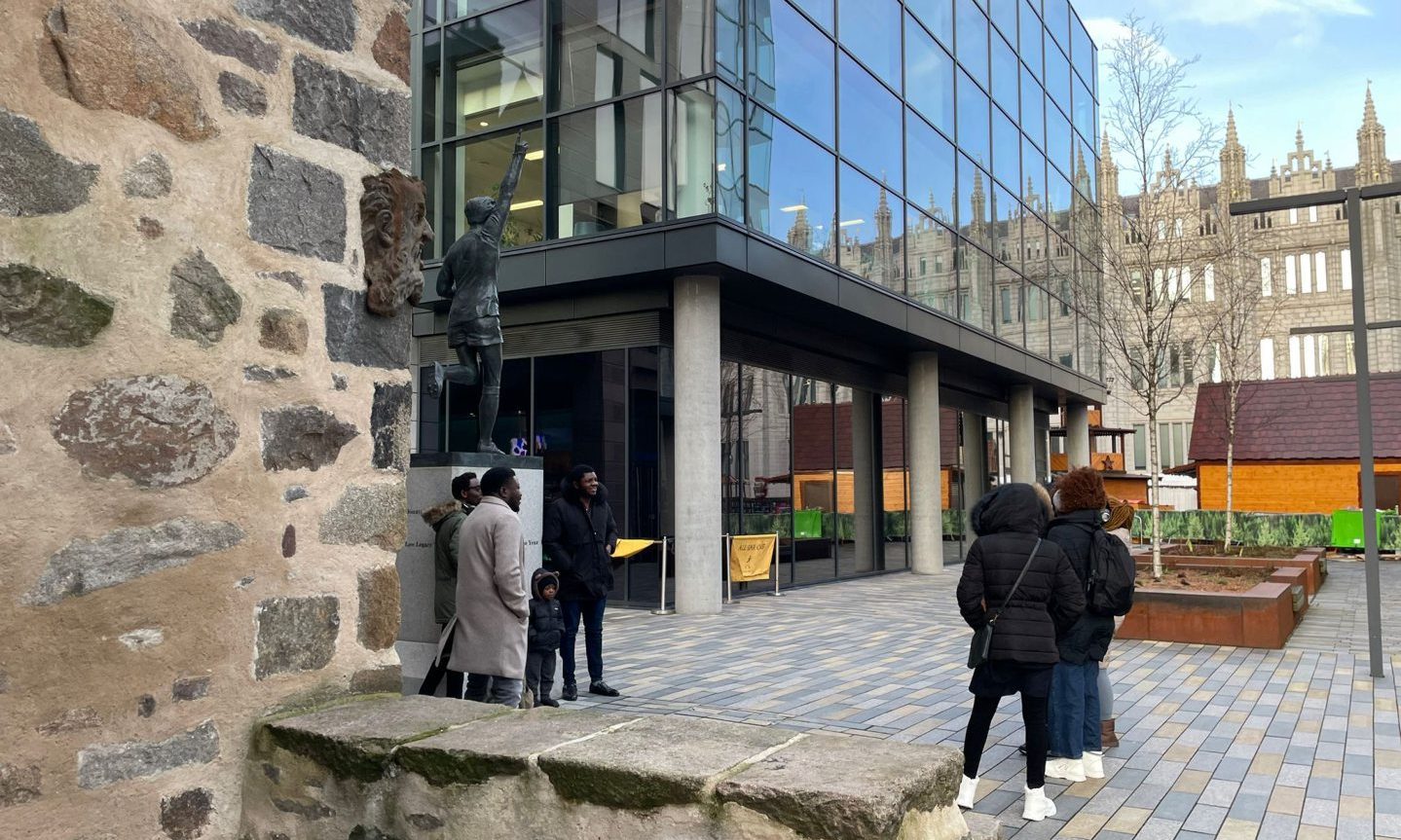
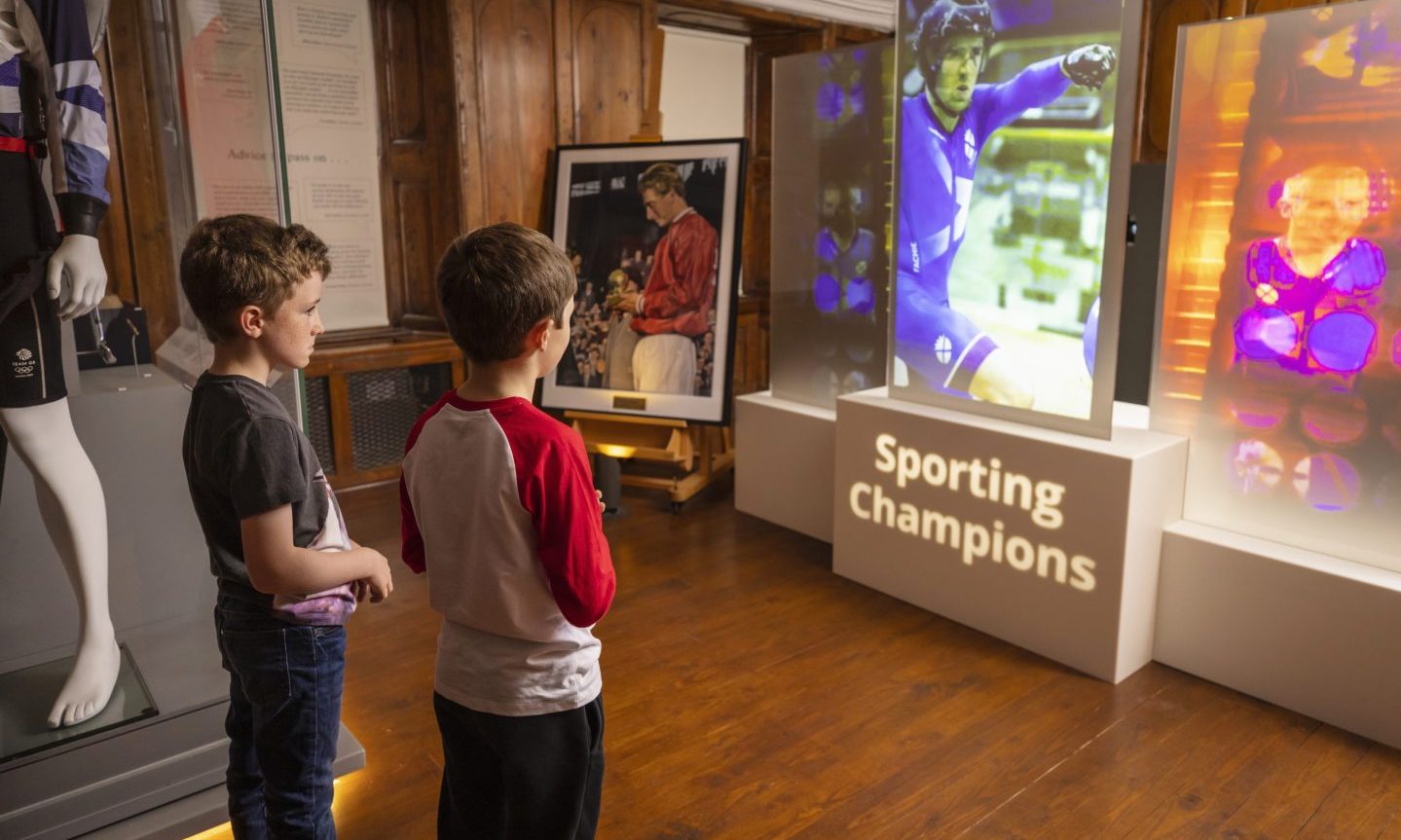
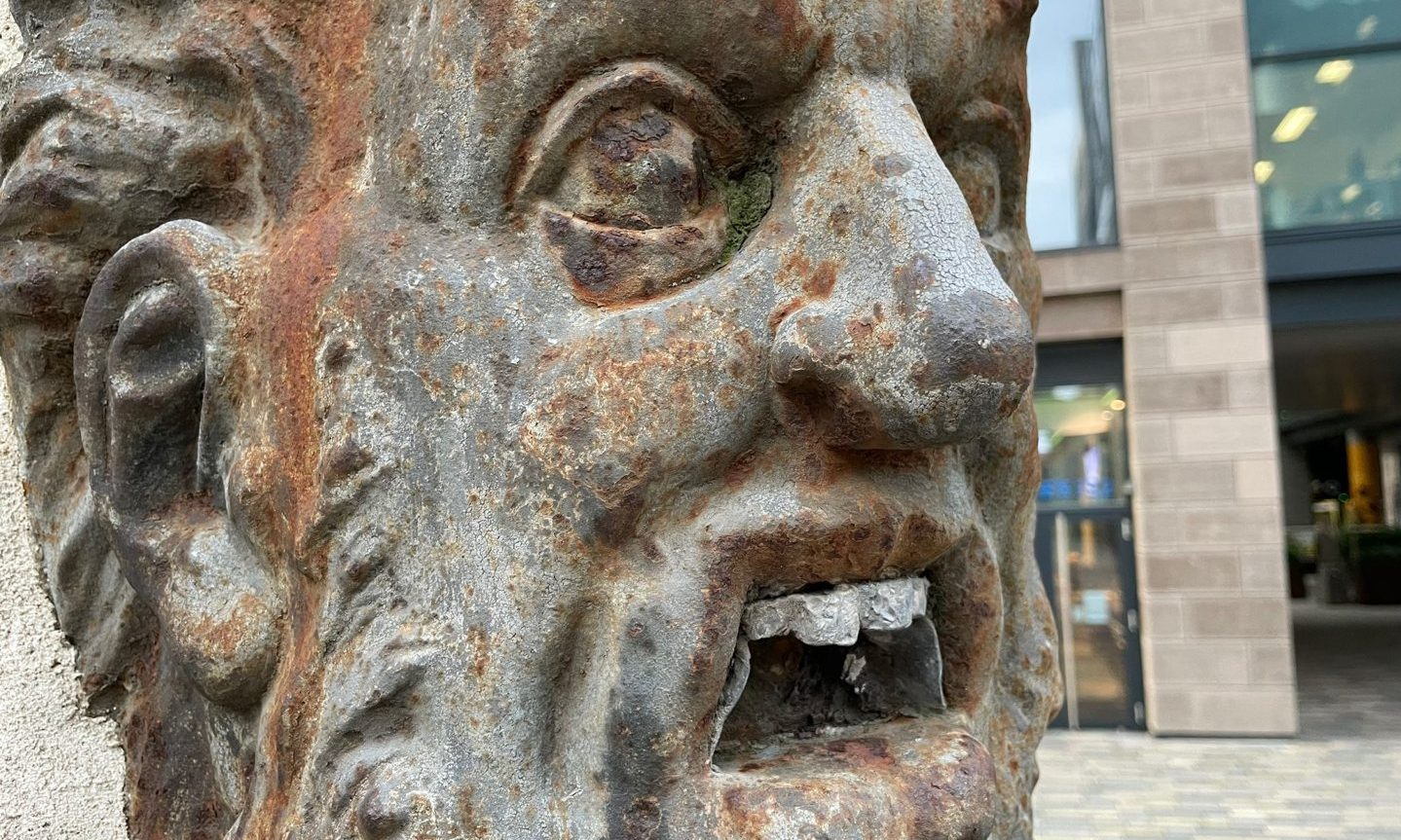
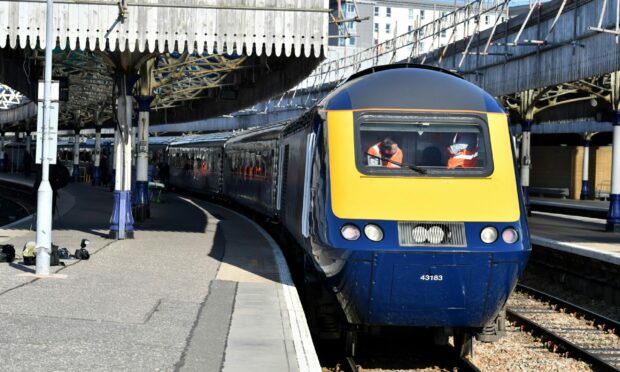
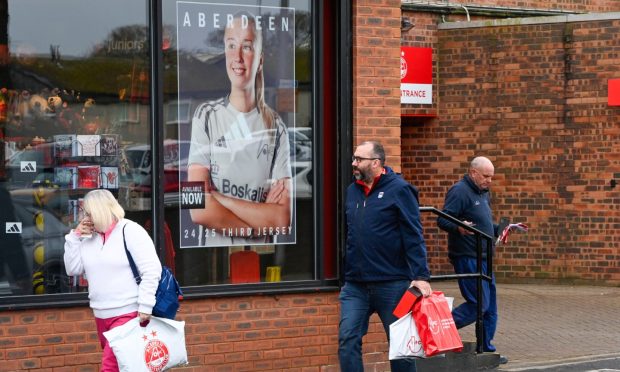
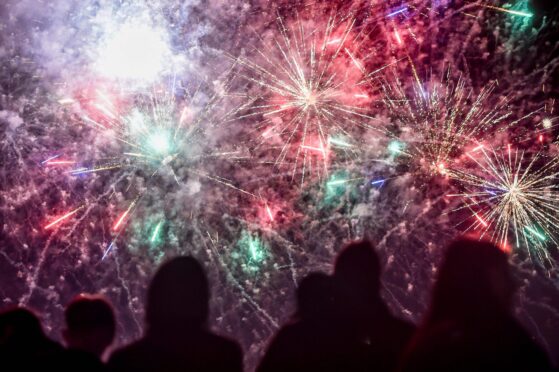
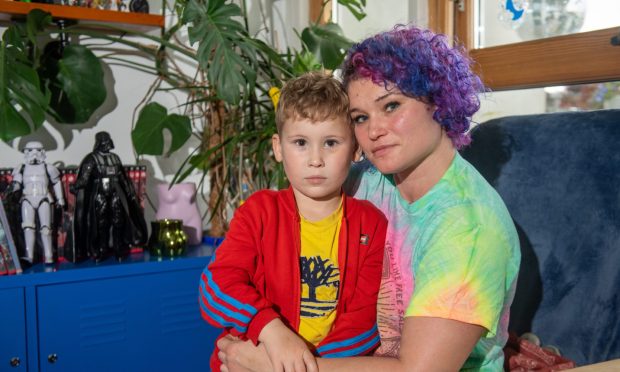

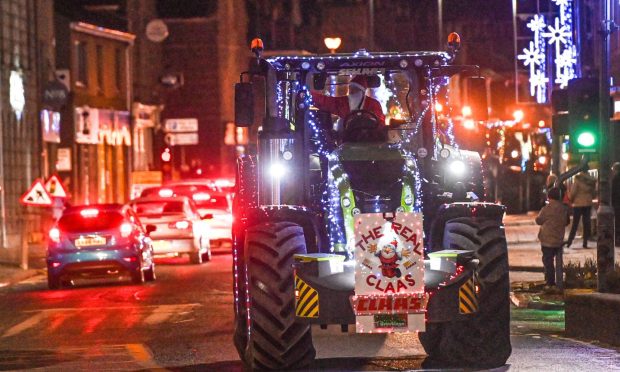
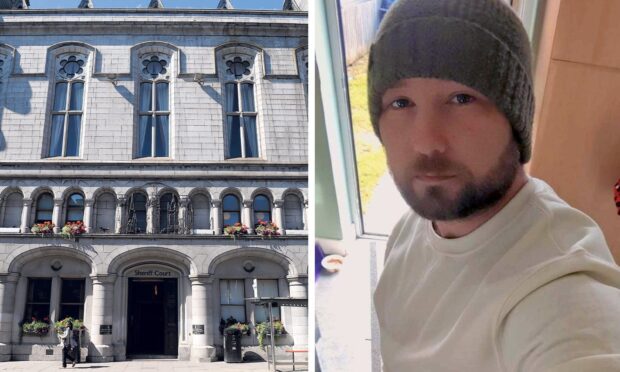

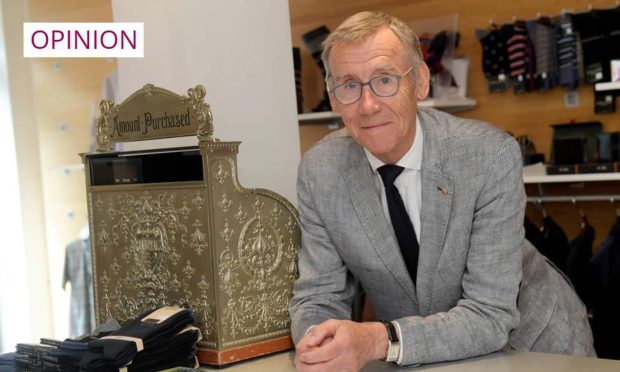
Conversation